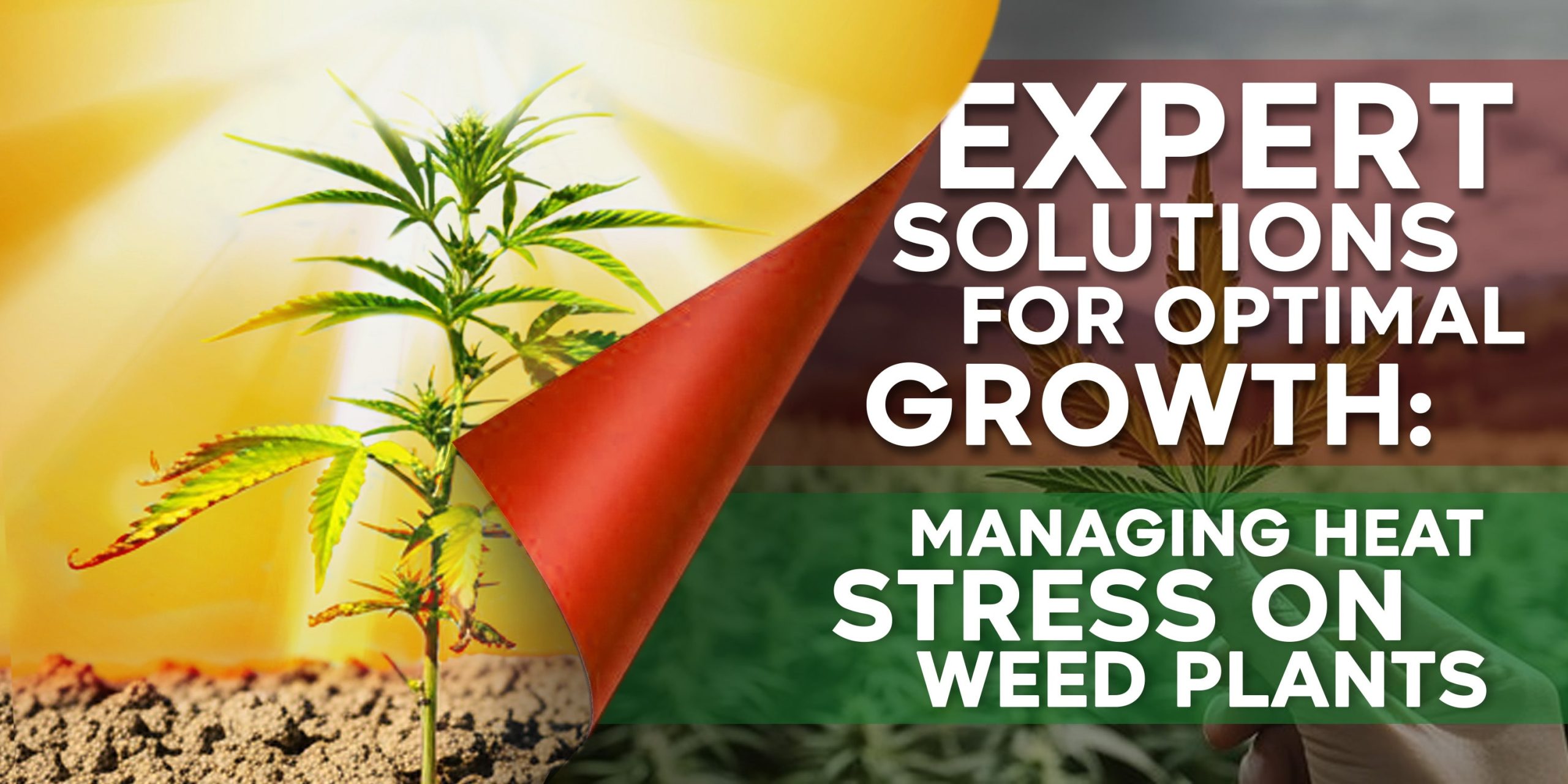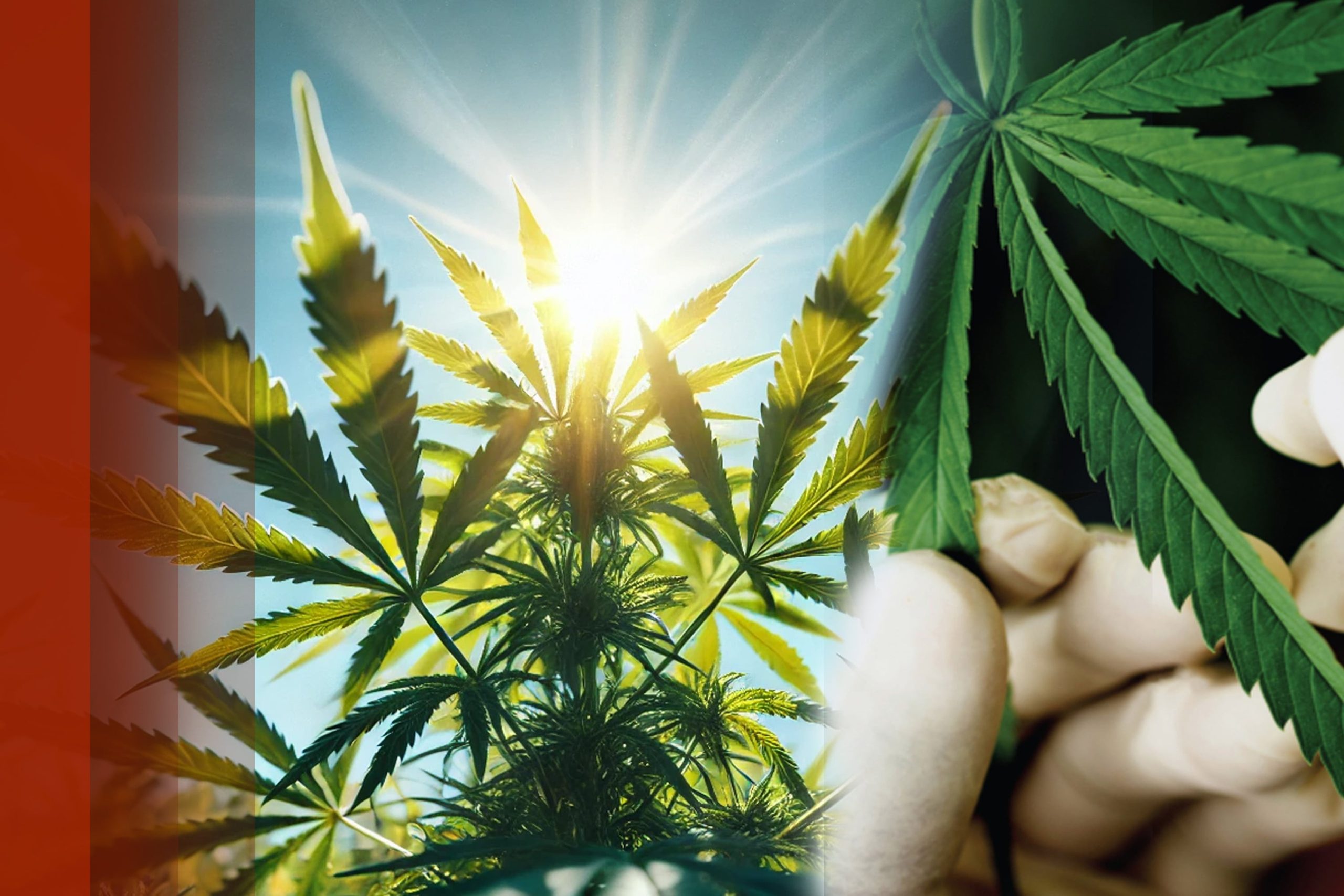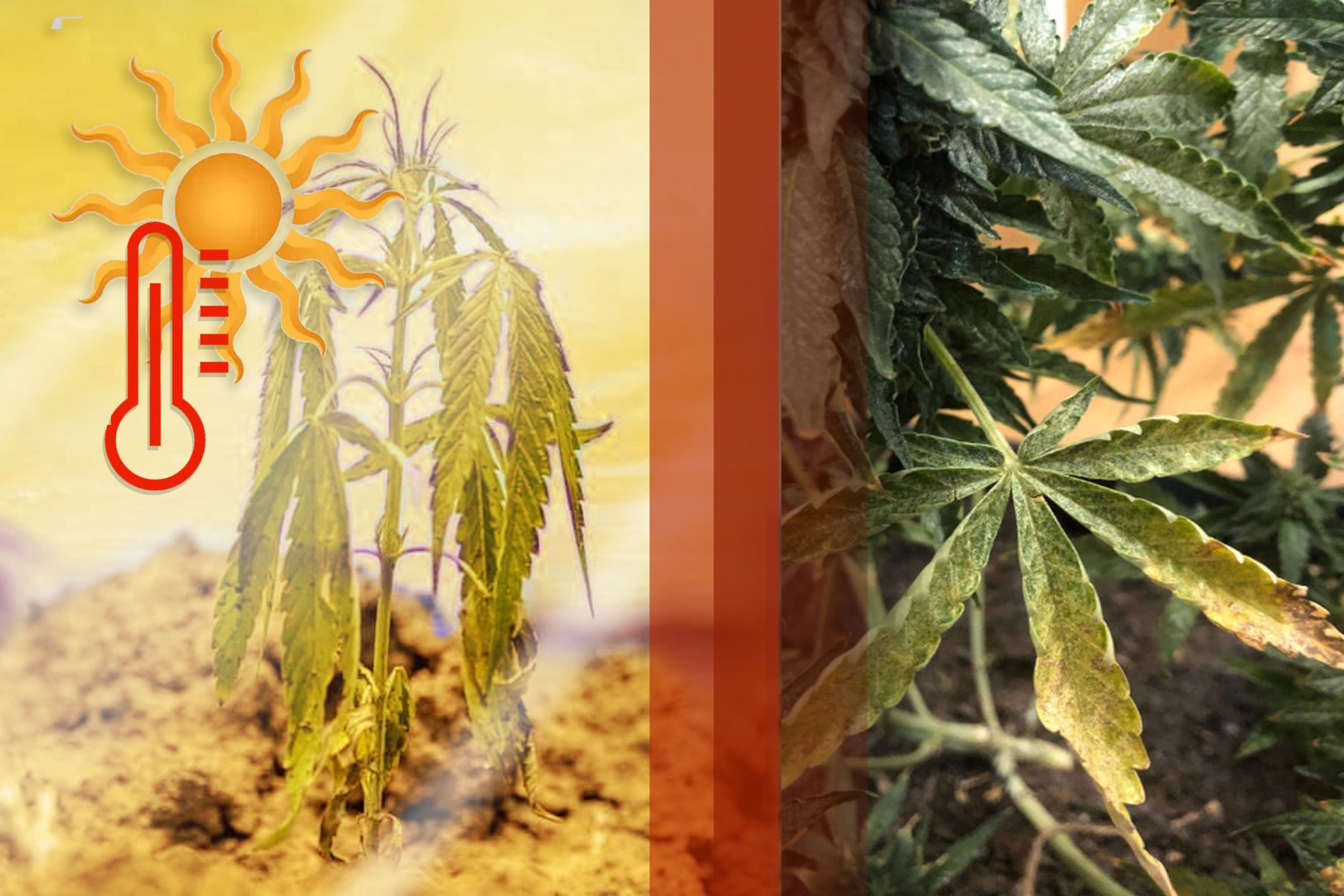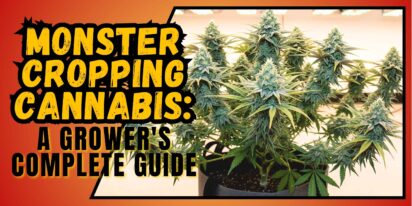Cannabis cultivation is an intricate process that requires precision and care, especially when dealing with environmental factors like heat stress. Heat stress is more than just a hindrance; it is a condition that can severely impact the health and yield of cannabis plants. By gaining a thorough understanding of how heat stress affects cannabis and implementing strategic solutions, cultivators can ensure their crops thrive, even under challenging conditions. This guide provides a comprehensive overview of cannabis heat stress, its causes, symptoms, and effective strategies to manage it.
Understanding Heat Stress in Cannabis Plants
Heat stress occurs when cannabis plants are exposed to high temperatures that exceed their optimal growing conditions. This stress forces plants to divert their energy from growth and development to survival. High temperatures cause a range of physiological changes, including reduced nutrient uptake, impaired photosynthesis, and cellular damage. The result is weakened plants, reduced yields, and lower-quality buds. Understanding the biological mechanisms behind heat stress is crucial for effective management.
Biological Response to Heat Stress
Cannabis plants have evolved various mechanisms to cope with heat. When exposed to excessive temperatures, they reduce water loss by closing their stomata, the small openings on the leaves. However, this response also limits the plant’s ability to absorb CO2, a vital component of photosynthesis. This results in reduced photosynthetic activity and lower energy production. Additionally, high temperatures can damage chloroplasts, the structures responsible for photosynthesis, further compromising the plant’s health.
To counteract heat damage, cannabis plants produce heat shock proteins (HSPs). These proteins act as molecular chaperones, protecting other proteins from denaturation and helping to refold damaged proteins. While HSPs are beneficial for survival, their production requires energy that would otherwise be used for growth and development. This energy trade-off underscores the importance of minimizing heat stress to maintain healthy, productive plants.
Key Causes of Cannabis Heat Stress
Understanding the primary causes of heat stress is the first step in preventing it. Several factors can contribute to elevated temperatures in the growing environment:
Excessive Light Intensity
Light is essential for cannabis growth, but too much can be detrimental. High-intensity light, especially from HID lamps, can raise the temperature around the plant canopy, leading to heat stress. LED lights, with their lower heat output and adjustable intensity, are a preferable choice for managing temperature and minimizing heat-related issues.
Poor Ventilation
Adequate airflow is critical for regulating temperature and humidity in the grow space. Stagnant air can trap heat, causing temperatures to rise to levels that stress cannabis plants. Effective ventilation systems, including fans, exhaust systems, and air conditioning, help maintain optimal temperature and humidity levels, preventing heat buildup.
Improper Environmental Design
The design of the grow space, whether indoors or outdoors, plays a significant role in heat management. Poorly designed spaces may lack adequate shading, insulation, or air circulation, leading to temperature fluctuations and heat stress. In outdoor settings, direct sunlight during peak heat hours can be particularly harmful. Implementing shade cloths and designing grow areas to facilitate natural air movement can mitigate these risks.
Recognizing Symptoms of Cannabis Heat Stress
Early detection of heat stress symptoms is crucial for timely intervention. Cannabis plants exhibit several signs when under heat stress, primarily affecting leaves and buds.
Leaf Symptoms
- Curling and Cupping: Leaves may curl upwards or form a cup-like shape as a protective response to reduce the surface area exposed to light and heat. This symptom is common in both indoor and outdoor setups.
- Discoloration: Leaves may show signs of yellowing at the tips and edges, which can progress to browning and crispy textures. This discoloration indicates prolonged exposure to heat and potential nutrient deficiencies.
- Wilting: Heat-stressed plants often exhibit wilting due to the loss of turgor pressure, a result of excessive water loss and inability to absorb sufficient moisture.
Bud Symptoms
- Reduced Potency: High temperatures can negatively impact the production of THC and other cannabinoids, leading to less potent buds.
- Foxtailing: In some cannabis strains, heat stress can cause buds to develop abnormal, elongated growth patterns known as foxtailing. This phenomenon results in less compact and uniform buds.
- Premature Pistil Coloration: Pistils may change color prematurely, turning brown or amber before the buds are fully matured, indicating heat stress.
Solutions for Managing Cannabis Heat Stress
Effectively managing heat stress involves a combination of environmental control and plant care practices. By implementing the following strategies, cultivators can create a resilient growing environment that minimizes heat stress.
1. Optimize Lighting Conditions
- Use LED Lights: Transitioning from HID to LED lighting can significantly reduce heat output. LED lights offer adjustable intensity, allowing growers to tailor light exposure to the plant’s needs without increasing temperature.
- Adjust Light Schedules: Align light cycles with cooler periods of the day. For example, running lights during nighttime or early morning can help maintain a lower overall temperature.
2. Enhance Ventilation and Air Circulation
- Install Fans and Exhaust Systems: Proper placement of oscillating fans and exhaust systems can improve air circulation, reducing hot spots and maintaining a uniform temperature.
- Utilize Air Conditioning: In climates where natural cooling is insufficient, air conditioning units can provide additional temperature control, ensuring the growing environment remains within optimal temperature ranges.
3. Create an Ideal Growing Environment
- Provide Shade: For outdoor grows, use shade cloths or position plants to receive indirect sunlight during peak heat hours. This practice can prevent direct heat exposure.
- Monitor Soil and Moisture Levels: Regularly check soil moisture to prevent dehydration. Consider using mulching techniques to retain soil moisture and regulate temperature.
- Implement Humidity Control: Use dehumidifiers or humidifiers to maintain humidity levels between 50-60%. This balance helps prevent both heat stress and mold growth.
4. Regular Monitoring and Adjustments
- Use Environmental Sensors: Equip the grow space with sensors to monitor temperature, humidity, and light intensity. Automated systems can alert growers to changes that may lead to heat stress.
- Adjust Watering Practices: Increase watering frequency during heatwaves to compensate for higher evaporation rates. Ensure that the root zone remains moist but not waterlogged.
Conclusion
Managing heat stress in cannabis cultivation is vital for achieving high-quality yields and healthy plants. By understanding the biological mechanisms of heat stress, recognizing early symptoms, and implementing proactive strategies, cultivators can safeguard their crops against the detrimental effects of high temperatures. Whether growing indoors or outdoors, a well-designed environment with controlled lighting, ventilation, and moisture levels will ensure robust, heat-resilient cannabis plants.
















